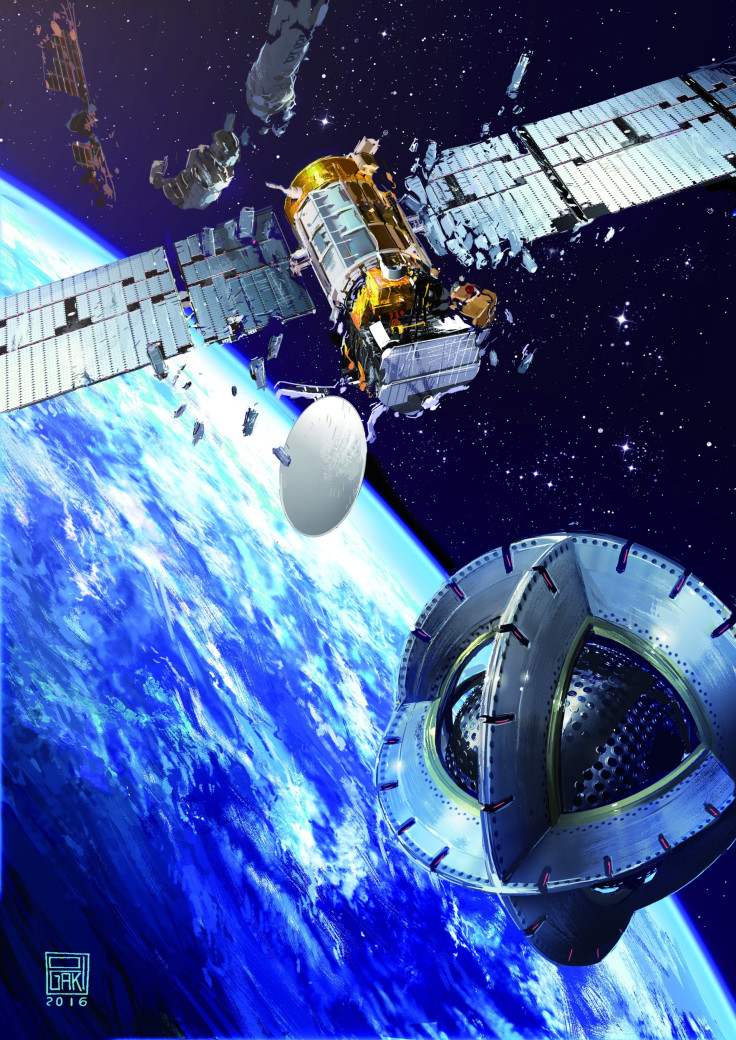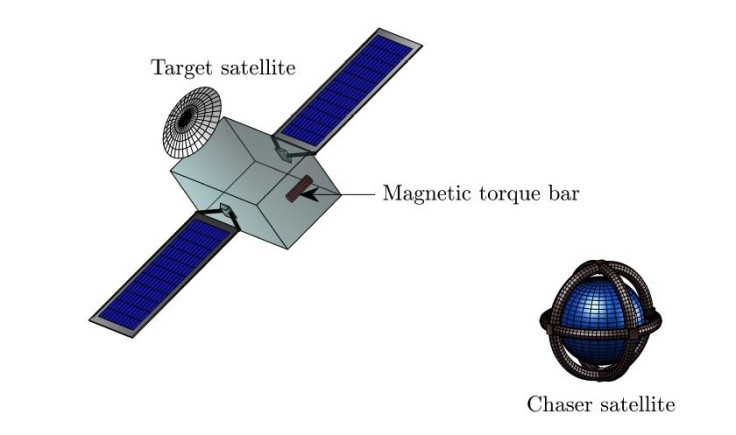Dead Satellites, Other Space Debris Could Be Removed From Orbit By Magnetic Tug

As humankind breaks through the final frontier and space exploration — be it the search for life somewhere other than Earth, finding a potentially habitable planet that human can someday live on, or mining an asteroid for its resources — progresses, one problem seems to be getting worse all the time: space junk.
Like all machines, rockets and spacecraft are not built to last forever, and in the harsh environment of space, they tend to decay and sometimes break apart. Defunct spacecraft sometimes collide with each other, or even with functional satellites, and create debris that can lead to more collisions. And as more countries start their own space programs, this problem only gets worse. A number of solutions, including an electrodynamic tether created by Japan’s space agency that failed to deploy earlier in 2017, have been proposed but nothing has helped so far.
Read: Video Shows Space Debris, Focuses On Junk Orbiting Earth
And now, a researcher wants to solve the problem using magnets. Or more specifically, by using magnetic force to change the orbit of satellites and pieces of junk that are floating in Earth’s orbit.
Emilien Fabacher of the Institut Supérieur de l'Aéronautique et de l’Espace, part of the University of Toulouse in France, explained her idea in a statement published Monday on the website of the European Space Agency (ESA): “With a satellite you want to deorbit, it’s much better if you can stay at a safe distance, without needing to come into direct contact and risking damage to both chaser and target satellites. So the idea I’m investigating is to apply magnetic forces either to attract or repel the target satellite, to shift its orbit or deorbit it entirely.”

Satellites already carry electromagnets that help them adjust orientation using Earth’s magnetic field. Called magnetorquers, they can be used by Fabacher’s proposed magnetic grapples without the need for any special preparation of the target satellites.
However, the satellite that will act as the grapple will need to generate a very strong magnetic field, which will be “generated using superconducting wires cooled to cryogenic temperatures,” according to the statement.
Nearly 17,000 pieces of debris, each larger than an apple, and another half a million pieces larger than a marble are regularly tracked by NASA. It is estimated that there are about 200 million pieces larger than one millimeter that is floating around with the satellites, and traveling at 17,500 miles an hour, even those tiny pieces pack a serious punch if they were to hit a functioning satellite.
Read: A Dangerous Amount Of Space Debris Is Orbiting Earth

Other than clearing up space debris, the magnetic tug has another potential application: keeping swarms of satellites in formation.
“This kind of contactless magnetic influence would work from about 10–15 meters out, offering positioning precision within 10 centimeters with attitude precision 1–2 degrees," Finn Ankersen, an ESA expert in rendezvous and docking, formation flight, said in the statement.
© Copyright IBTimes 2024. All rights reserved.





















